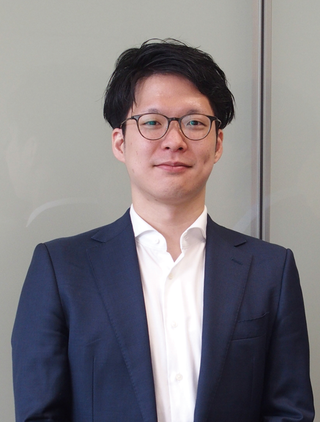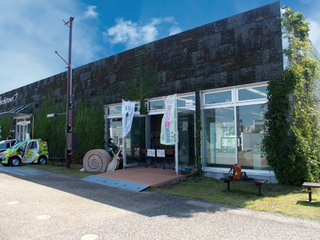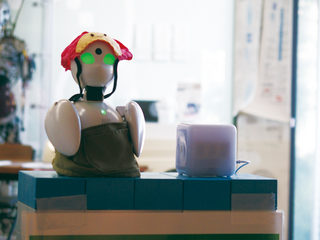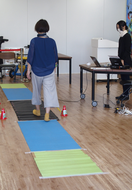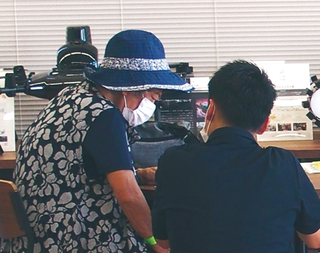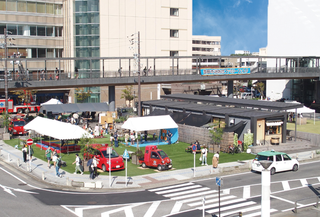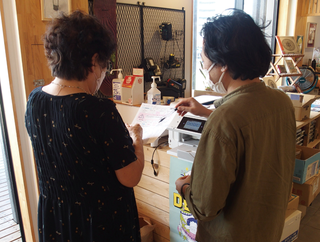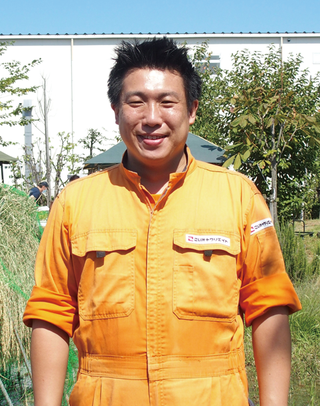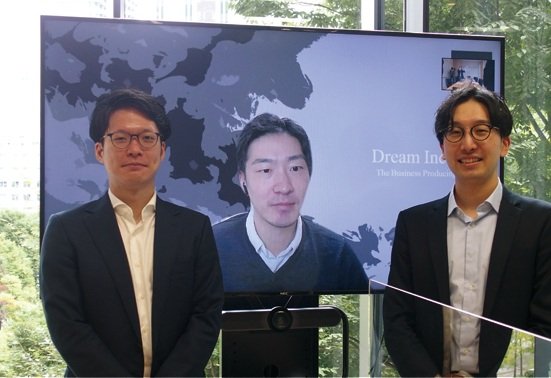The “Zutto Genki! Project”: A ¥500-million healthy ageing social impact bond in Toyota City
December 12, 2022
Toyota City (located in Aichi Prefecture, Japan) has launched a ¥500-million healthy ageing social impact bond in response to alarming concerns about the impacts of lingering COVID-19 outbreaks on older adults.
The bond will last for five years. Social impact bonds are a new vehicle for delivering impact-driven public-private partnership (PPP) projects for social good, which is an increasingly popular model today.
Community participation promotion interventions among older adults
Known as the “City of Cars,” Toyota City, with an estimated population of 420,000, is also a “Green City” that boasts lush forests and farming areas for growing fresh vegetables and fruits.
Public nurses have historically played a key role in the city’s efforts to promote healthy living for older adults. In the past few years, however, COVID-19 has significantly stressed the healthcare system, leaving health promotion for seniors to fall by the wayside. There are also rising concerns about frailty progression among older adults (a decline in physical and mental wellbeing) as they avoid leaving their homes and socializing due to the fear of infection and of becoming seriously ill. This issue not only concerns Toyota City but is also spreading throughout the country.
“Our goal is to increase social engagement among older adults by utilizing the extensive knowledge and know-how of private stakeholders about preventive healthcare.”
“The city government wants to take actions associated with social changes, but we may need to include the private sector if we cannot mobilize necessary internal resources,” said Shuhei Kobayashi, manager of the Future City Promotion Division (Toyota City’s Policy and Planning Department). “We would like to create an environment that provides more opportunities for older people to stay engaged in society by partnering with private-sector service providers who can offer their expertise and associated supportive services for the city,” he said.
The “Zutto Genki! Project” started in July 2021 with a total budget of ¥500 million for a 5-year period until 2026, aiming to reduce long-term care insurance benefits by ¥1 billion.
A new outcomes-based approach
This large-scale project is backed by the novel PPP scheme called “Social Impact Bond” (SIB), and Next Rise Social Impact Action LLC (NRS), a consolidated subsidiary of Dream Incubator Inc., is commissioned to implement this SIB model.
SIB is a PPP model that enables governments to carry out social projects using private capital through performance-based contractual arrangements with private-sector service providers. SIB projects leverage the vitality of the private sector to accomplish the agreed‑upon social outcomes. These projects are typically funded by private investors, while contracting government bodies pay out service providers for the results achieved (refer to the figure below).
After several discussions with NRS, Toyota City decided to practice this model in the area of health promotion, one of the city’s pressing social challenges. The “Zutto Genki! Project” aims to provide more community engagement opportunities and daily social activities for 65-plus-year-olds (5,000 people/year) while also ensuring contextually specific and appropriate COVID-19 prevention and control measures.
“While outcomes of health promotion projects may not be immediately visible,” says Tomoyuki Onishi, an NRS manager in charge of program coordination and implementation, “employing the SIB model can enable municipal governments to deliver sustainable social solutions with capital injection from socially responsible financial institutions and investors. It is also easier to measure cost-effectiveness. Not only that, but service providers will also be motivated to be more creative in their pursuit of better service delivery,” he said.
The project’s SIB model design process is led by the city’s Future City Promotion Division, with close coordination and cooperation with health, welfare, and other related departments in health promotion practices.
Kao’s “Walking Gait Improvement Program”
As more than a year has passed since the project’s inception in July 2021, how is the program progressing? Among a number of local participants, one in particular that stands out is Kao Corporation (Kao) with its “Walking Gait Improvement Program,” which involves the use of a special pedometer called “HokoTouch” uniquely developed by Kao to count the number of steps taken and walking speeds for users (see figure below).
Users can wear HocoTouch pedometer to track their steps and visit HocoTouch Station once a month to export device data and view their daily activity level, ‘walking age,’ as well as walking stability and brain activity rankings.
Also, program participants can join “gait quality measurement sessions” held several times a year where they will walk on a gait measurement sheet to check their age of walking balance, walking speed, and walking habits.
There are 2 unique features about this program. Firstly, it not only helps increase the number of steps taken, the speed (quality) of walking, but also encourages moderate-intensity (sweat-inducing) walking, which is expected to prevent frailty, lifestyle-related diseases, locomotive syndrome, and even dementia among older adults.
Secondly, monthly visits to HocoTouch Station for meetings with people in charge will encourage senior residents to engage in casual conversations. Even casual communication could help motivate them and maintain their engagement with the service. This aligns with the project’s core concept: Increase social and community activities for senior residents.
(From left to right)
① Walking gait measurement session held at Toyota Ecoful Town on October 1 and 2
② ‘Alter Ego’ Robot OriHime greets program participants at the reception desk and asks them to scan body temperatures and sanitize their hands (OriHime is operated remotely from Tokyo by a Kao Peony (a Kao Group company) employee with disabilities)
③ Measure the age of walking balance and speed using gait measurement sheets
④ A Kao representative is giving advice to a senior based on her gait characteristics and issues
※ OriHime is an ‘Alter Ego’ Robot developed by OryLab Inc. to eliminate communication barriers
(Left to right)
① 2-day in-person registration held at HocoTouch Station located at “Toyoshiba” residential recreation space in front of Toyota-shi Station
② Registered users visit HocoTouch Station once a month to export the device data by tapping their HocoTouch on a special reader. Viewing the data given and having casual conversations with staff members is motivating
③ Mr. Daisuke Yamagishi of Koikeya Create (details below) is casually interacting with service users at HocoTouch Station
Team up with local service providers
Kao has teamed up with a local business named Koikeya Create Inc. to call on and follow up with senior residents at HocoTouch Station since the global brand does not have its base of operations in Toyota City.
Koikeya Create is a perfect fit for the project with its involvements in Toyoshiba operation, citizen exchange promotion and community revitalization activities and the publication of a town magazine.
At HocoTouch Station, Koikeya Create staff will register participants while having a friendly conversation with eldery visitors. Apart from walking ability improvements, casual interactions with staff members could help motivate older adults to continue engaging with the program.
Koikeya Create Director Shin Nishimura feels this intensely himself on a day-to-day basis. “Through the program, we have been able to connect with elderly residents who were previously not often seen at Toyoshiba. They come to HocoTouch Station every month. We have found that even casual conversations can help create meaningful human connections that somehow give them an ikigai [2], and as a result will increase their social participation. I am grateful that a private business – in collaboration with Kao Corporation – can contribute to activities that the government cannot always carry out. It’s very important to have actual conversations with the users, not just merely serving as a receptionist or a contact person.” Mr. Nishimura revels in the joy of helping make older adults’ health better through the partnership with Kao.
The “Walking Gait Improvement Program” has already attracted over 300 elderly participants, making it one of the most popular programs under the project. “Kao’s Gait Improvement Program has been well-received by the elderly community because of its participation-motivating system,” says Mr. Tomoyuki Onishi (NRS).
Mr. Shuhei Kobayashi, the city’s representative, also indicates how the project benefits from Kao’s engagement.
“We are very grateful to have so many local businesses participating in the project. At the same time, we are happy to have a company with a wealth of scientific know-how like Kao who considers the societal impact of their activities in the healthcare sector alongside their consumer goods business. It could help strengthen project service reliability,” he said.
Become indispensable to a sustainable society
Private investors coordinating with NRS in the program include 9 insurance companies and local banks. The ¥500 million funding for the program comes from monetary donations of the corporate version of Furusato Nōzei [3]. The “Motto Genki! Project,” financially backed by the government, has seen a steady increase in the number of private-sector participants in just 1 year, with 42 participating organizations and over 50 programs under the project (as of October 2022). Furthermore, the project has expanded into a diverse mix of other service offerings such as hobbies and entertainment as well.
Mr. Toshiya Watanabe, a member of Kao GENKI Project, talks about the project significance.
“This program is the first SIB of its kind in Japan with very large-scale healthy ageing interventions. Kao sees this as an exciting opportunity to establish itself as a key player in promoting a sustainable society. Being able to deliver supportive services for senior residents over a span of 5 years is particularly appealing because service beneficiaries can easily see health benefits of their physical activities. To expand the current user base, Kao plans to add more HocoTouch Stations as one of its expansion possibilities.
Mr. Shuhei Kobayashi, a project administrator of the city, also adds that aside from the collaboration between Kao and the local community, the establishment of a consortium consisting of several small local service providers engaged in the project is also a new encouraging development for future project success.
Social impact bond as a catalyst for advancing healthy ageing, sustainable financing, and community revitalization objectives
Mr. Tomoyuki Onishi, Mr. Kakeru Ida (left to right), and Mr. Akihiko Usui (joining online) from NRS
Mr. Tomoyuki Onishi (NRS) emphasizes the appeal of social impact bonds.
“Because this is a pay-for-performance project that harnesses private capital for public purposes, service providers can refine and innovate their service offerings to gain efficiencies. The program has succeeded in attracting the participation of local companies new to the field of healthy ageing. The engagement of nationally recognized companies such as Kao Corporation and local companies will bring about further revitalization of the community. Our investors also recognize the significance of this project as part of their ESG (Environmental, Social, and Governance) investment portfolio.”
The project aims to achieve 4 main objectives:
① Improve health and life expectancy by preventing the need for long-term nursing care;
② Realize savings for the caregiving system and build a sustainable financing mechanism
③ Revitalize the community by engaging a diverse range of private businesses
④ Contribute to the society through SIB investors’ ESG investments
These objectives are very important to address social challenges facing municipal governments and society as a whole, and the “Zutto Genki! Project” realizations are expected to gain more traction in the future.
Source (Japanese): Link
Note
[1] “Zutto Genki” means keep staying healthy and energetic in Japanese
[2] A Japanese concept that roughly translates to “a reason for being”
[3] Furusato Nōzei is Japan’s hometown tax system that allows taxpayers to make monetary donations to rural areas of their choice and receive local specialties as gifts in exchange aside from a reduced tax bill in the coming year






